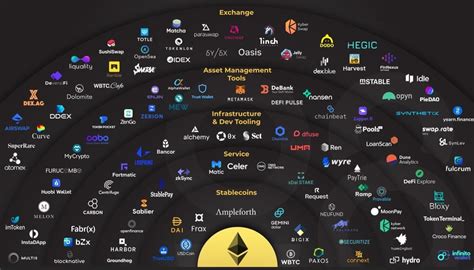BLOG
ブログ
BLOG
Ethereum: Why does the mainline client limit the number of outbound connections to 8?
Ethereum: Why the main customer limits output connections to 8
The Ethereum network, like many other blockchain platforms, has a customer architecture to allow communication between us and facilitate transactions. However, one aspect of this architecture has caused a debate between developers and users: the maximum number of output connections allowed by the main Ethereum client.
For those who are not familiar with Ethereum’s client architecture, this is what you need to know. The main customer is responsible for managing connections with other knots on the network, as well as starting transactions to be processed by these nodes. However, there are limits for how many customers can be connected to the network simultaneously.
Why 8?
According to Ethereum’s official documentation and developer feedback, the maximum number of output connections allowed by the main customer is indeed 8. This limitation arises from a combination of factors, including:
- Network congestion : As we enter the network, the total amount of data being transmitted increases, leading to increase in congestion in the network.
2.
- Safety Considerations
: Limiting the number of output connections helps to avoid denial of service (DOS) and reduces the risk of a knot being overloaded.
Why 125?

While Ethereum’s main client allows up to 125 total connections, this includes input and output connections. In other words, if you are connected to 8 knots on the network, each node can start transactions or receive transactions received from other knots without exceeding the limit of 125 connection.
Why can’t we have anymore?
So why not allow more than 125 total connections? The reason is in the underlying architecture and design of the Ethereum client. By limiting output connections to 8, developers can prevent network congestion, optimize resource use and ensure safety, preventing DOS attacks.
In addition, having many connections would lead to increased latency, decreased performance and potentially even locking or network instability.
Conclusion
The main limit of the Ethereum Customer of 125 total connections is a deliberate design option that reaches a balance between network congestion, use of resources and security. Understanding this limitation, developers can circumvent it using alternative solutions such as third party customers or custom implementations to connect their nodes to the Ethereum network.
As the Ethereum ecosystem continues to evolve, it is essential to consider the implications of these design options, performance and general experience of the user.
